
The 3D-Flow invention breaks the speed barrier in real-time applications to cost-effectively find all possible rare objects or events (e.g. Higgs boson particles, tumor markers, a face in a crowd or a bacteria in a fast changing biological process, etc.) through real-time analysis of data sets (object pattern recognition algorithms) arriving at ultra-high speed from many electronic channels.
The advantages of the 3D-Flow invention are provided by its parallel-processing architecture and its hardware implementation. Its parallel-processing architecture enables the execution of uninterruptable programmable pattern-recognition algorithms with neighboring data exchanges on data sets arriving at a very high speed for a time longer than the time interval between two consecutive input data sets.
The 3D-Flow invention was recognized a breakthrough by academia, industry and research centers in a major public scientific review held at FERMILAB in 1993 (goo.gl/zP76Tc).
The 3D-Flow innovative concept has been proven feasible and functional in FPGA hardware circuits in two modular electronic boards proving that 3D-Flow systems can be build for detectors or input data channel systems of any size.
[show_more more=”Read More” less=”Read Less”]
One of the 3D-Flow basic innovative concepts that enables acquiring and processing data at a very high input data rate while simultaneously allowing necessary time to accurately analize the information is summarized in one page.
This innovative concept has been understood by middle school students of St. Alcuin Montessori school who simulated the concept with the analogy of bottling water and collaborated with Crosetto and the teachers to write a book. Students from a High School in San Antonio, Texas simulated the concept with the analogy of solving a problem requiring 30 seconds that was delivered in envelopes delivered every 6 seconds.
The scientific merit of the 3D-Flow invention was officially recognized in 1993 in an international public scientific review (goo.gl/zP76Tc) of the utmost importance held at the FERMILab in Chicago which was requested by the Director of the SSC, also Director of Fermilab.
The 3D-Flow was adopted by thousands of scientists from the half-billion dollar GEM experiment at SSC. However, the US Congress through the US Department of Energy canceled the entire $11 billion SSC project which also included the GEM detector.
In 1995 my 3D-Flow invention was adopted by hundreds of scientists from the LHCb experiment at CERN in Geneva. However, in 1999 the US Department of Energy cut all funding for the LHCb and ALICE experiments at CERN.
My 3D-Flow invention has been replaced by a more expensive, older design, less efficient because research funds, as reported in the October 2018 article in Scientific American (https://bit.ly/369yNDZ) don’t go to the best projects, but to the researchers who have the best connections.
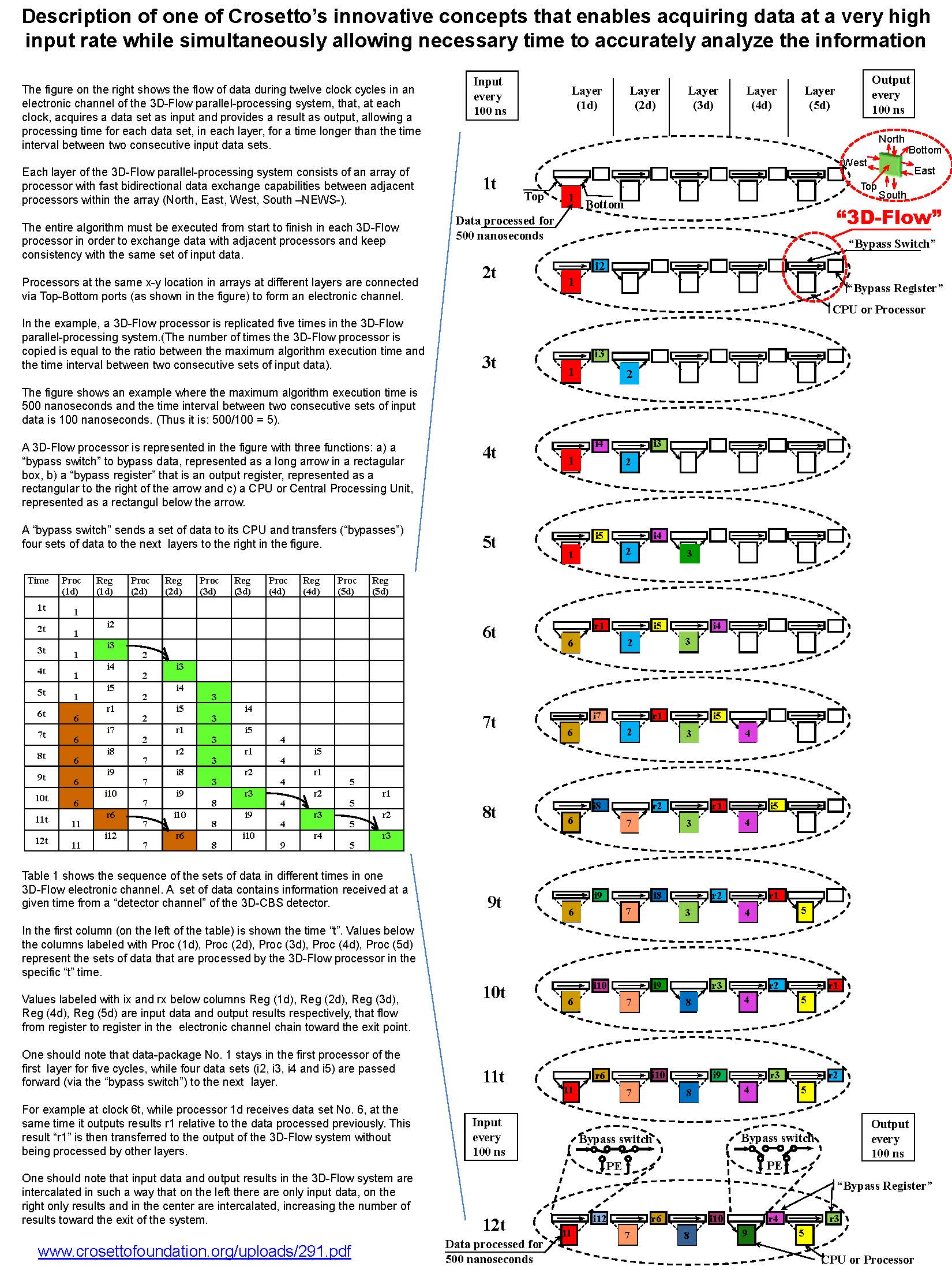
[/show_more]
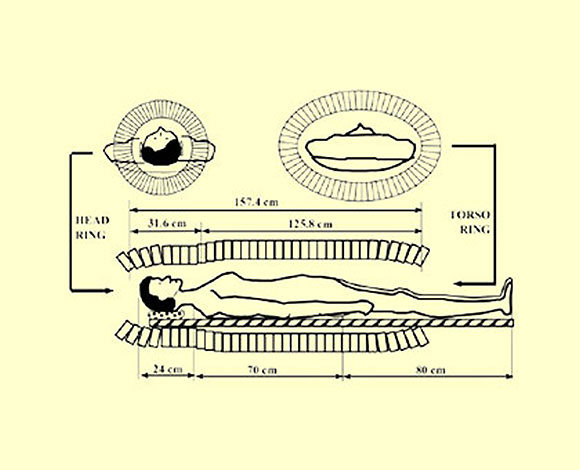

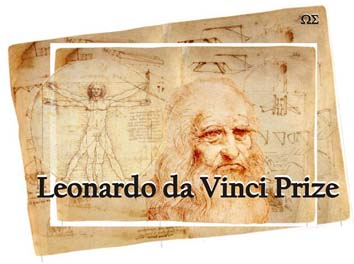
The ultra-sensitive 3D-CBS technology-independent PET/CT with long 150 cm FOV is targeted to significantly reduce cancer deaths and healthcare costs and is the first true paradigm change in biomedical imaging because it offers four advantages no other device can offer simultaneously:
1. the ability to detect clusters (small tumors) with less than 100 Bq activity essential for an effective early detection screening of anomalous biological processes and diseases such as cancer at a highly curable stage, and for improving diagnosis, prognosis and effective monitoring of treatments
2. a radiation dose that is 1% of current PET devices
3. a 2-minute effective screening test covering all organs of the body
4. a very cost-efficient examination, cheaper and more effective than a mammogram, PAP test, colonoscopy, PSA test, and others.
I invented the 3D-CBS in 2000, deposited the blueprint book “400+ times improved PET efficiency for lower-dose radiation, lower-cost cancer screening” ISBN 0-9702897-0-7 (goo.gl/ggGGwF),at the U.S. Library of Congress Catalog-in-Publication Data Card Number: 00-191510, and patented to encourage investors to build it swiftly and recoup their investment in order to accelerate benefits to humanity, but was not funded.
In 2011 the 3D-CBS won the Leonardo da Vinci Prize for the most efficient solution in particle detection for early cancer diagnosis after 5 hours of a fierce international, public competition on the web. This competition was held live with a review panel at the University of Pavia, Italy, marking its 600 anniversary.
In 2019 measurements on essentially a copy of my 3D-CBS idea/invention confirmed the ability to detect clusters with 100 Bq activity, however, the cost of the exam is 50 times the 3D-CBS, making it unaffordable for screening a large population and save many lives.
[show_more more=”Read More” less=”Read Less”]
The figure reported below, published in the IEEE scientific article (goo.gl/RiIn0B), summarizes the main innovations in the 3D-CBS. Innovations solving the bottleneck problem in the electronics (bottom in the figure), opens the door to other innovations/improvements in a simplified detector assembly (top in the figure) and enables to extract more valuable information from economical crystal detectors.
These two innovations enable another innovation/improvement in the real-time 3×3 (or 5×5) photon detection algorithm instead of the 2×2 used in the traditional PET.
The three statements on yellow banners on green on the left summarize the advantages important to the doctor/radiologist compared to current medical imaging devices. Each statement is illustrated in the next column, limitations of current technology is shown next in the red column, and the improvement achievable with 3D-CBS is illustrated in the green (right) column. See Sections j, k, and l for energy resolution; m, n, and o for spatial resolution; and p, q, and r for sensitivity. The key innovations start from the feature in Section “r,” which enables the innovation in Section “i,” which in turn enables the innovations in Sections “l” and “o.” Additional innovations are achieved as a result of the combination of these.
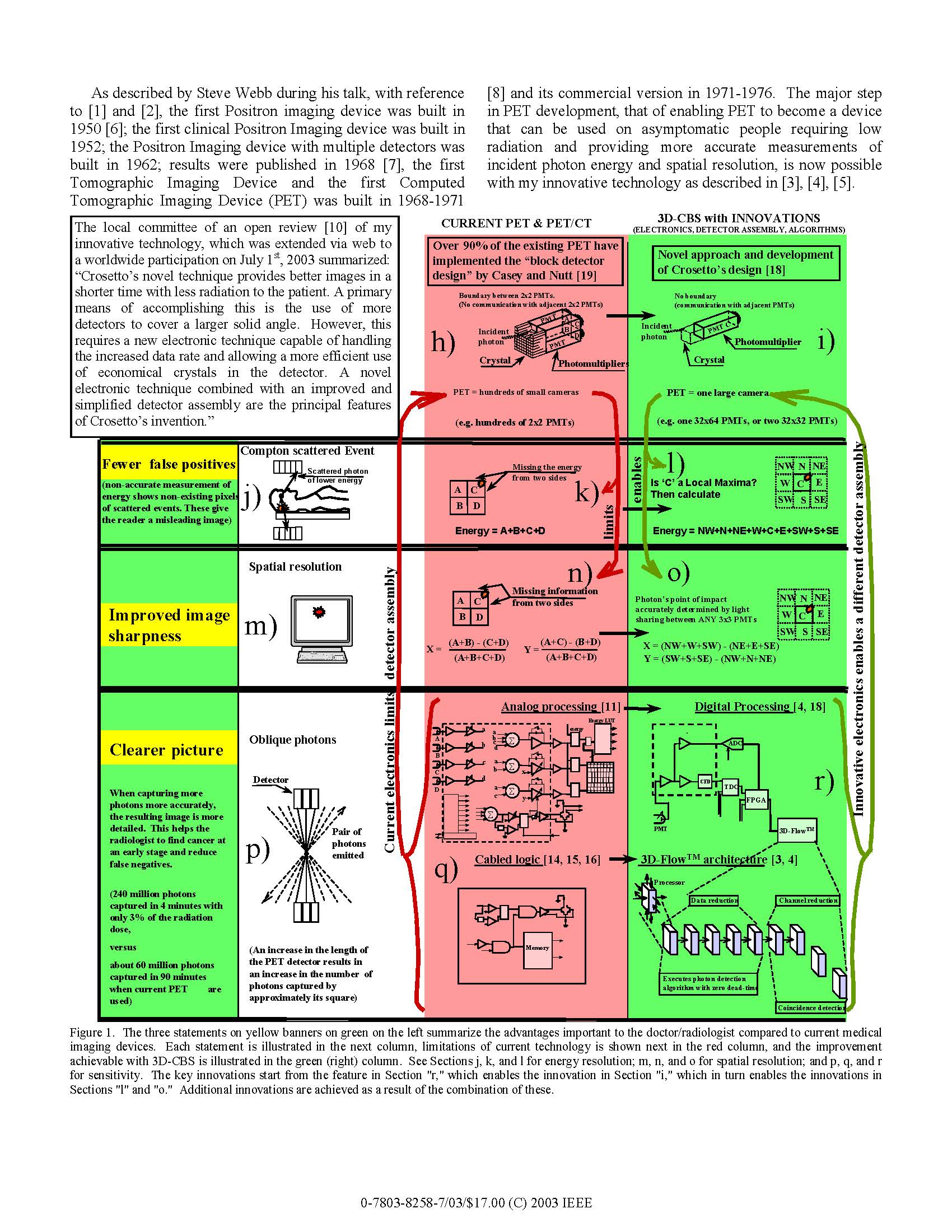
[/show_more]

An invention not only solves a problem and can provide benefits if funded and implemented, but it can also open the door to other innovations for more benefits that no one could envision without having the first invention.
Nowadays when a person has a symptom goes to the doctor who requests an X-Ray, a CT scan, or a MRI and then the doctor bases his/her diagnosis from a single test on each machine. Or every 10 years (or 5 years if at risk) performs a colonoscopy that covers only one organ, costing $10,000 without insurance (or more with insurance because they need to make a profit).
By implementing the previous two inventions, 3D-Flow and 3D-CBS, the medical practice can be revolutionized with more accurate diagnosis at a lower cost that is not based on the data from a single test, but based on the trends of anomalies obtained by analyzing a huge amount of data relative to anomalous biological processes recorded simultaneously over the entire body in repetitive tests at short time intervals of a few months on the same machine using the same protocol.
These analyses of trends of anomalous biological processes through repetitive tests could not be performed at present because the test on current machines will give hazardous radiation to the patient and will cost a fortune, but it can be done with my three inventions.
The first 3D-Flow invention can accurately capture all possible valid signals from the tumor marker at the lowest cost per valid signal captured.
The second invention 3D-CBS is using economical BGO crystal detectors and the synergy among all components allows to perform Total-Body cost-effective screening tests at $200/test with very low radiation.
The third TB-CAD invention can analyze and check billions of data against the laws of nature that a human mind could not perform and help the doctor to understand the nature and cause of the disease.
In science we need to observe phenomena, make measurements, and analyze data to understand the laws of nature.
The TB-CAD invention will be of invaluable help to the doctor to provide information on what is the reason and the cause of anomalies in biological processes in a non-invasive manner that now is not even thinkable because it can correlate with precision many variables that a human mind is incapable of.
I say this by experience in using a CAD (Computer-Aided Design) to design the 3D-Flow modular electronic board with the need to connect over 20,000 pin-signals carrying signals between 2,000 components. I would have never succeeded having the boards working at the first version without the help of the CAD (Computer-Aided Design) verifying that I complied with all the laws of nature. Likewise, a designer of an integrated circuit connecting pin-signals between 39.54 Billion MOSFETs transistors (https://bit.ly/3mGKg75) will never succeed to get it to work without the help of a CAD.
The TB-CAD can only help doctors understand anomalies in biological processes of their patients. If the TB-CAD is providing wrong advice to the doctor and it turns out that the patient had a different disease, it would be because the programmer made a mistake in applying the laws of nature and those must be corrected. Just like if an integrated circuit did not work, it is necessary to find out who made the mistake, the user of the CAD, or the designer of the CAD program?
[show_more more=”Read More” less=”Read Less”]
Diagnosis will be based on CAD trends calculated on anomalies in biological processes detected by several whole-body screening test or examinations on the 3D-CBS with long FOV, rather than on a single test or examination. This can save millions of lives and trillions of dollars not only from cancer diseases but for many other diseases.
The CAD is analyzing images from different screening tests and/or examinations of the same patient that were performed on the same device, in the same conditions, with the same protocol, with the same radioisotope and the same radiation dosage (plus/minus the percent of the weight gained or lost).
The first screening test does not provide meaningful information unless there is something major that lights up, it simply provides a baseline for future tests or examinations. Subsequent screenings reveal unique hot spots showing increased activity/size of an anomalous biological process requiring deeper investigation (15-minute clinical examination).
Screening tests before/after surgery detect if any cancer cells have been left over and monitor for recurrences at an early curable stage.
The CAD system aid the detection, characterization, diagnosis and assessment of anomaly biological processes vs. normal. The computer CAD shows both, the classification output as well as images of the lesions with known diagnosis and the extracted features.
The radiologist can choose to compare a single feature or multiple features with a database of similar lesions, or the computer can estimate based on the trend of multiple tests or examinations on the same patient the likelihood of malignancy.
The CAD system calculates the features of trend of the patient under test and compares it with the trends of similar cases with a similar index. The CAD system displays the distribution curves of the known similar cases and the probability distribution curves of the case under test.
In summary, the CAD (Computer-Aided Diagnosis) system help to understand abnormal anatomical density of the tissues and abnormal biological processes in the patient’s body that help to diagnosis, the huge relational database of information and the possibility to query, find inconsistencies and matching conditions gives the choice and power to the CAD user to provide information for a prognosis and treatment.
Following is the original full abstract summarizing how to receive the benefits in lives and money saved from my three inventions that was approved on July 22nd, 2021, for the Total Body PET Conference on September 22-24, 2021.
Multi-3D-CBS whole-body screening tests: a revolutionary invention making diagnosis based on CAD trends calculated on anomalies in biological processes, rather than on a single examination, for saving millions of lives and trillions of dollars
Background 3D-CBS (3-D Complete Body Screening) [1] first true paradigm change in biomedical imaging invented 21 years ago, confirmed by third party measured results on a 3D-CBS copy as able to safely detect clusters (tumors) of 100 cells instead of one-billion cells (1cm3).
Materials and methods 157cm-FOV 3D-CBS capable of detecting all possible 511keV-pairs of photons from the tumor markers at the lowest cost/valid pair captured, with components costing less than $2,000,000/device, $200/2-minute screening test, and $1,200/15-minute clinical exam, in two 8-hour shifts can safely perform 360×2-minute tests, 8×15-minute exams [2]. It is estimated 48 professionals/day are needed: 8-administration, 4-logistic, 8-nurses, 8-technologists and 20-doctors (@$400,000/year salary), each doctor reading 16-20 screening tests/day for 22 minutes each and 1-clinical exam for 68-minutes. People must perform several screening tests on the same machine, using the same protocol and radiation dose. To avoid false positives, the diagnosis will not be based on a single screening test but on the Computer-Aided Diagnosis (CAD) tool calculating trend of anomalies in several screening tests and radiologist’s experience. The first screening test provides a baseline. Subsequent screenings reveal unique hot spots showing increased activity/size of an anomalous biological process requiring deeper investigation (15-minute clinical examination). Screening tests before/after surgery detect if any cancer cells have been left over and monitor for recurrences at an early curable stage.
Results 90,000/test/year/device, 57billion tests/30-year on 57,000x3D-CBS/devices built gradually in 30-years can save over 100,000,000 lives and over $27trillion [3] (Figure-1).
Conclusions Because early cancer detection can save up to 98% lives, an experimental test on a sample population of this approach based on the CAD trend calculation over several 3D-CBS screening tests will definitively prove that we can save millions of lives and trillions of dollars.
[1]-Crosetto, D. Book-2000-ISBN-0-9702897-0-7- goo.gl/ggGGwF
[2]-Crosetto, D. Article-2020-https://bit.ly/2NFkJbK
[3]-Crosetto, D. Calculations/Claims-2021- https://bit.ly/3gTXdHl
The $200 screening test on the 3D-CBS is supported by the calculations reported below detailing the estimated cost of 48 employees required to perform nearly 360 x 2-minute screening tests and 8 x 15-minute clinical exams per day during two 8-hour shifts, the cost of the radioisotope, the cost of the maintenance and depreciation of the device, the rent of office space and profit totaling $58,480/day.
The 1-minute screening test + 1-minute in-out the bed for a throughput of 2-minute total, was performed daily in Shanghai, China. Measurements on copies of the 3D-CBS determined that one minute screening test was acquiring enough data (approximately 200 million signals from the tumor markers) to obtain images of diagnostic quality. The more efficient 3D-CBS can provide images of higher diagnostic quality by capturing in one minute more signals (250 million) administering a lower radiation to the patient.
The estimated number of employees is supported by the following criteria, however, it might change in a different environment of hospital, clinic, imaging center, etc. This estimate is just providing a feasibility study with an approximate cost.
Setting the price of the 2-minute screening test at $200 and the 15-minute workup clinical examination at $1,200 will provide an income of $81,600/day leaving $23,120/day for extra items and/or hospital profit. Customers can purchase several 15-minute slots for patient clinical use or for research. The study envisions requiring the following material, capital amortization and professionals earning the estimated salary listed below:
Each shift will perform
• 180 x 2-minute screening tests for a total of 6 hours
• 4 x 15-minute workup-clinical examinations for a total of 1 hour
• one hour lunch
For a total of 8 hours per shift
360 screening tests/day in two shifts x $200 = $72,000/day
8 workup-clinical examinations/day in two shifts x $1,200 = $9,600/day
For a Total income per day of $81,600/day
Personnel for organizing the screening of 90,000 people per year:
• 1 chief administrator at $150/hour and
• 3 secretaries at $50/hour, organizing the recruiting of 90,000 people per year, for a total of $300/hour X 8 hours = $2,400/day
Personnel for each 8-hour shift:
• 2 administration secretaries at $50/hour ($800)
• 2 personnel for logistics, welcoming and directing patients at $50/hour ($800)
• 4 nurses at $75/hour ($2,400)
• 4 technologists at $65/hour ($2,080)
• 10 doctors at $200/hour ($16,000). Estimating an annual salary of $400,000.
Reading results from 2-minute screening tests performed at $200 each on the 3D-CBS device requires less time than reading data of a clinical examination of the whole body.
In one daily shift of 7-hour work + 1-hour meal-break, six doctors are expected to read 18-20 screening tests for 22 minutes each, and four doctors are expected to read 16 screening tests for 22 minutes each and one clinical exam for 68 minutes. People must perform several screening tests on the same machine, using the same protocol and the same radiation dose (plus/minus the percent of the weight gained or lost).
To avoid false positives, the diagnosis will not be based on a single screening test but on the experience by the radiologist reading the trend of anomalies in several screening tests.
The first screening test does not provide meaningful information unless there is something major that lights up, it simply provides a baseline for future tests. Subsequent screenings determine if there are unique hot spots that light up compared to the previous screening test that require further investigation.
Repeated screening tests at one year, six months, three months, or shorter intervals that show increased activity and size of an anomalous biological process require scheduling a deeper investigation with a 15-minute slot of a clinical examination costing $1,200 each.
Screening tests before and several after surgery at two, three, six months intervals, detect if some cancer cells have been left over and monitor for recurrences at an early curable stage.
| For a total per shift of $2,760/h x 8 h = $22,080 x 2 = | $44,160/day |
| Cost of the radioisotope | $5,000/day |
| Cost of the maintenance of the 3D-CBS is typically 15% of its value of $3,500,000 = $525,000/250 days | $2,100/day |
| Cost of rental space in the building | $1,220/day |
| Cost of 3D-CBSdevice amortization (4.5 years) | $3,600/day |
| TOTAL EXPENSE PER DAY | $58,480/DAY |
These costs which refer to average salaries and cost of products in the United States total a daily cost of approximately $58,480 a day, however for the same number of screening tests and clinical examinations in India the daily cost could decrease to $40,000 a day, while for Switzerland it could increase to $70,000 a day. Obviously, by analyzing the case on a specific territory, the values of salaries and products available in the specific location will be introduced into the table http://bit.ly/2XI2OFz
Graph of the estimated lives saved and revenues plan for 30 years when using the 3D-CBS device. In the background is the table from which the graphs have been generated that can be accessed and modified interactively at: http://bit.ly/2XI2OFz.
This table is a very powerful tool to design a strategic plan for different devices (EXPLORER, 3D-CBS, Siemens Biograph Vision Quadra, etc.), products, vaccines, drugs, or procedures, and calculate the efficacy over 30 years for the proposed claimed reductions in cancer deaths and costs estimated theoretically in row 16.
As measurements are performed year after year on real devices and by implementing the proposed test protocol, values in row 16 are corrected providing a more accurate estimate of the total number of lives and costs saved in 30 years.
The user of this table needs to introduce the values in rows 7, 8, 9, 10, 11, and 12, which are easy to determine from calculations referring to existing experimental data or products. Data introduced in row 13 estimating the total number of units manufactured each year to reach 57,000 units in 30 years might face the same skepticism as COVID-19 faced last year.
However, when the world realizes the importance and urgency of saving millions of lives, even the most challenging problems are solved.
If in less than one year several companies were able to produce billions of COVID-19 vaccines, masks, and PPEs, the problem of producing 57,000 3D-CBS units would be a comparatively easy job.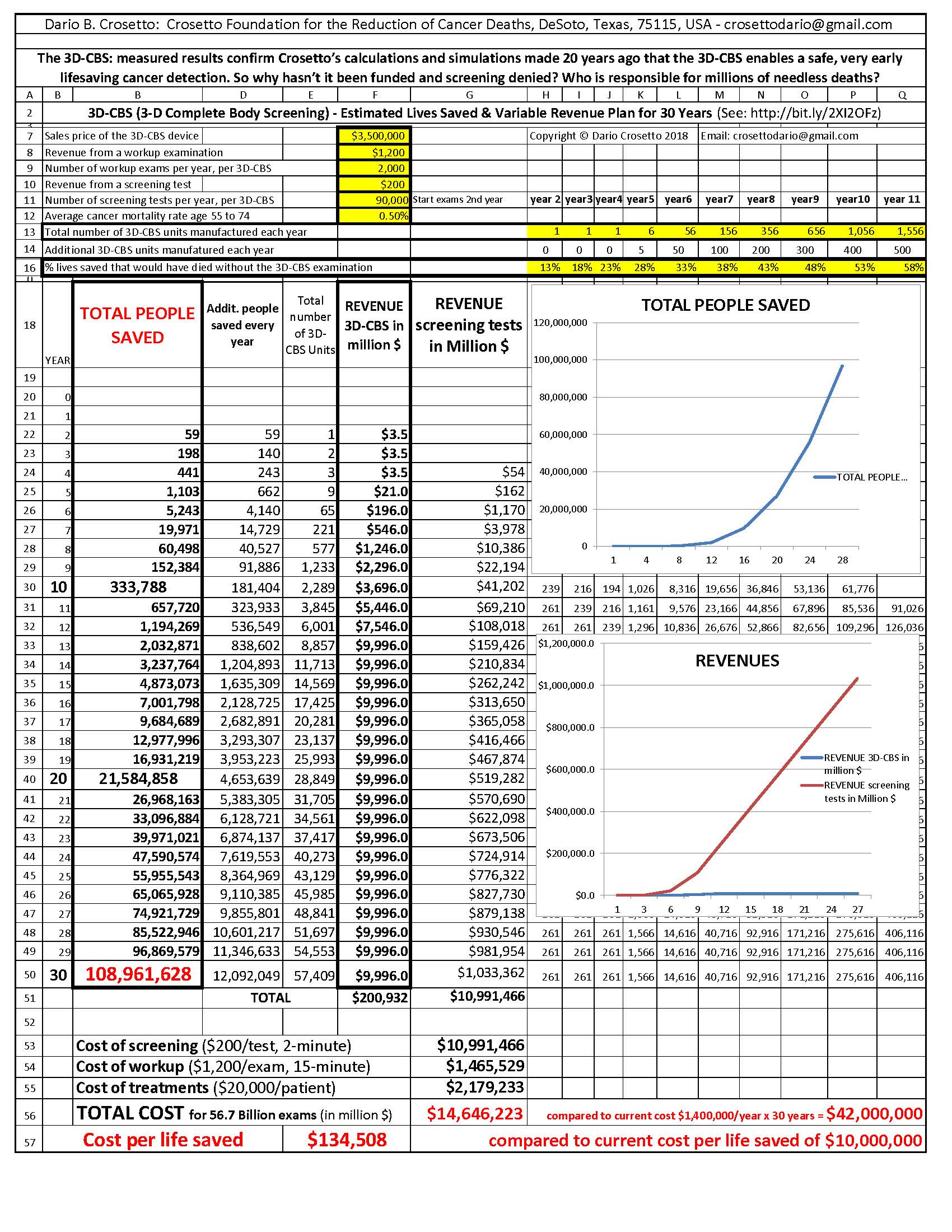
[/show_more]